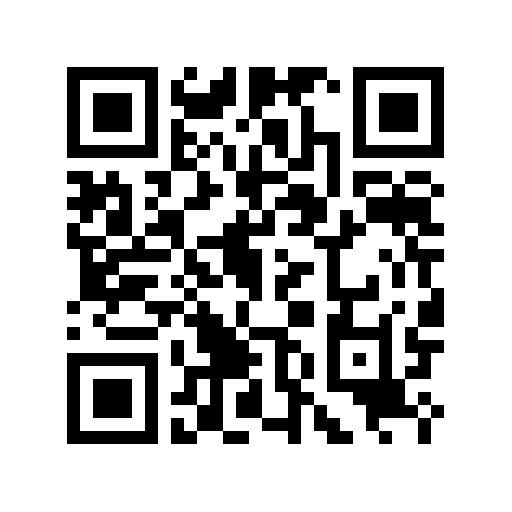by Professor Jen Lynds
UTIMES Advisor
The University Times, the online student publication for the University of Maine at Presque Isle, recently added a novel QR code feature. This enables readers to effortlessly access the most recent edition via a brief scan on their devices.
The University Times is a student-authored and edited publication that provides a unique perspective on local news, events, and campus life. The paper offers a dynamic perspective on the UMPI community as seen by its students, with new content added on a weekly basis. Stay informed about the most recent stories by scanning the QR code and browsing the most recent issue today!


